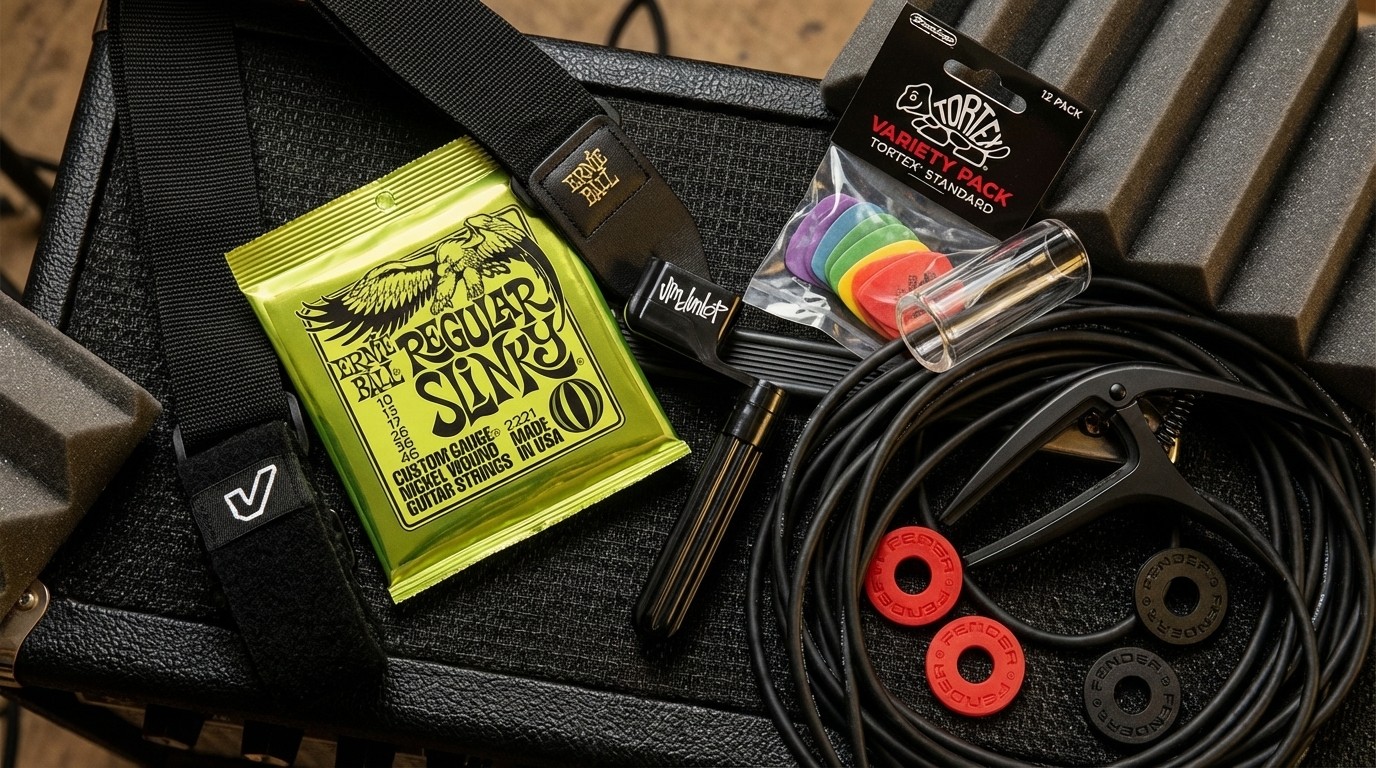How to improvise on guitar: 5 easy ways to improve your solos
Making it up as you go along is harder than it looks. Here's how you can improve at improv and quick, with five examples and three ideas of where you can take your improvisation from there

Whether you play in a band, jam with backing tracks or you prefer to improvise unaccompanied, ad libbing is another of those continuous and unending quests.
That doesn’t mean you can’t get a whole lot better at it, though! Here, we’re looking at a few strategies to help you develop your improv skills so you’ll be 100 per cent ready when your next jam session comes around.
1. Using one scale #1
The chords used for the backing music come from the same key: C minor. This means you can use just one scale (C minor pentatonic) and your ear for music to navigate the progression. It’s a staple approach in simple blues progressions.
Try jamming these ideas over the backing track below!
2. Using one scale #2
Again, all of the chords are diatonic here (this time from the key of C major) so we can use the C major pentatonic scale for the whole solo. Guitarists like Brian May and Slash are masters of making major key solos sound good.
3. Phrasing around root notes
Targeting the root note of the chords is a good way to outline the harmony as it passes. Here, we approach linking the root notes together with finger slides to provide more interest.
4. Using rhythm in your solos
In this lick we get away with playing only a handful of notes as the rhythm is interesting. Rhythm is one of the most important aspects of a solo, and even a one-note solo can be memorable if a good rhythm is used.
All the latest guitar news, interviews, lessons, reviews, deals and more, direct to your inbox!
5. Position shift lick
Here, we move down through the pentatonic box shapes. Using position shifts allows you to recycle and rework each melodic lick, making only small adjustments to allow for the new shape.
3 ideas for your next jam session
1. One-note jam
Okay, staying on one note might not sound like a recipe for a world class solo, but, by ditching all the other notes, you can focus on rhythm and how loud or soft to play.
2. One-string jam
Confine yourself to one string and you’ll free yourself from predictable scale box patterns and start thinking more melodically. Give it a try!
3. Choose five random notes…
…and use only those five! Okay, it could be four notes, six, seven, or however many, but improvising with a restricted set of notes will ensure creative new ideas.
Total Guitar is one of Europe's biggest guitar magazines. With lessons to suit players of all levels, TG's world-class tuition is friendly, accessible and jargon-free, whether you want to brush up on your technique or improve your music theory knowledge. We also talk to the biggest names in the world of guitar – from interviews with all-time greats like Brian May and Eddie Van Halen to our behind the scenes Rig Tour features, we get you up close with the guitarists that matter to you.





